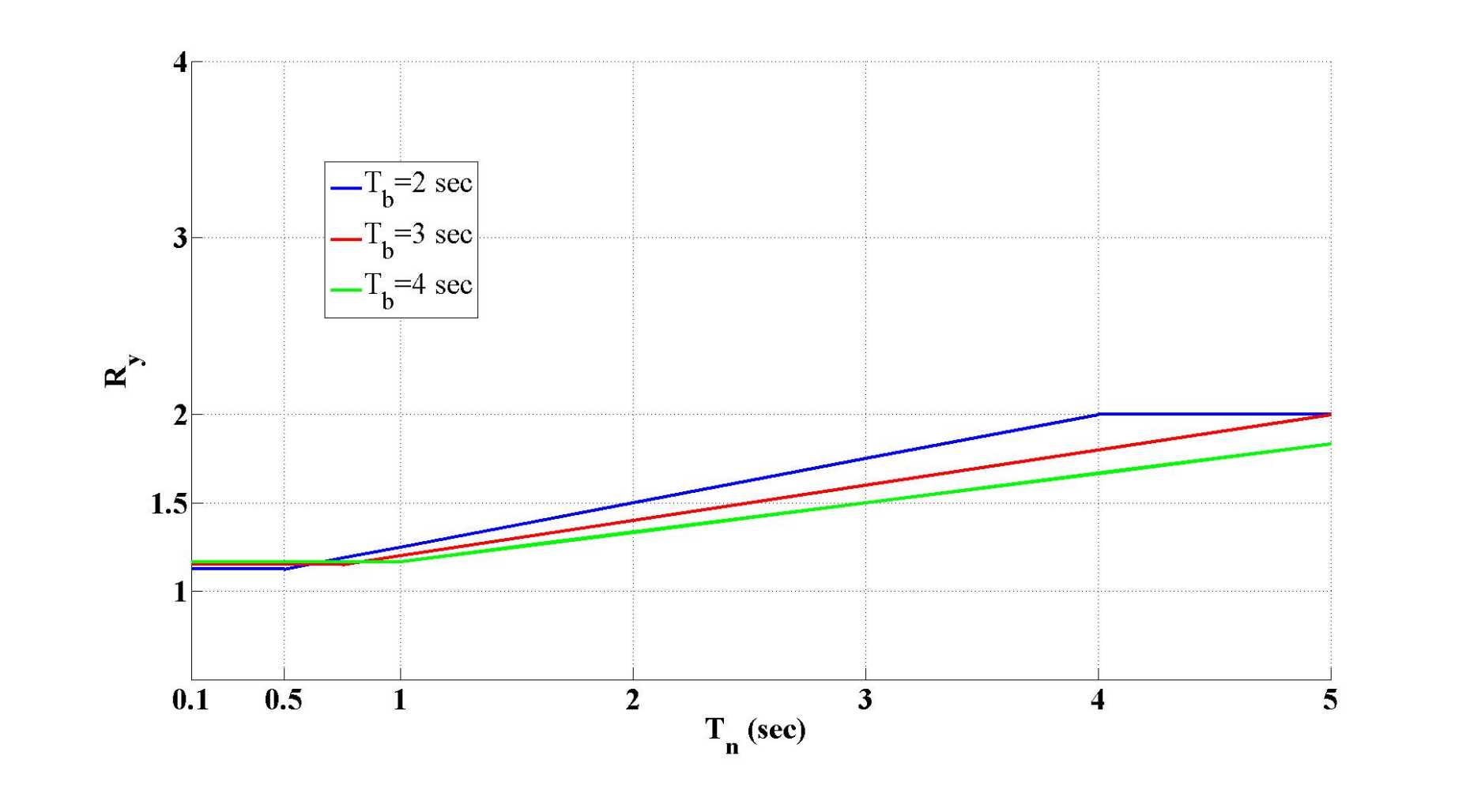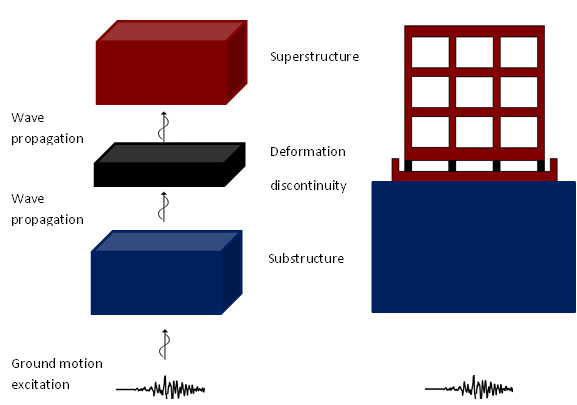Dynamics of inelastic base-isolated structures
Principal investigators: Anastasios Tsiavos, Prof. Dr. Kevin R. Mackie and Prof Dr. Bozidar Stojadinovic
This study quantifies the relation between the force reduction factor Ry, the displacement ductility demand μ and the vibration period of the superstructure Tn, for base-isolated structures.
The investigation is conducted using a two-degree-of-freedom model of a base-isolated structure. Simple trilinear relations are proposed to illustrate the influence of the selected parameters. The proposed relations are verified through an analysis of the response of isolated structures to a large number of recorded ground motions. The main parameters that influence the Ry-μ-Tn relations are the period and the strength of the isolators. It is shown that using isolators with longer vibration periods decreases the displacement ductility demand of the superstructure. It is also concluded that the activation of isolators requires small values of strength comparing to the inertia force acting on the superstructure in the beginning of the motion.
The proposed Ry-μ-Tn relation indicates that if the strength of typical seismically isolated structures is selected such that they are allowed to enter their inelastic response range, the structures will develop displacement ductility demands significantly larger than those predicted by the equal displacement rule.


